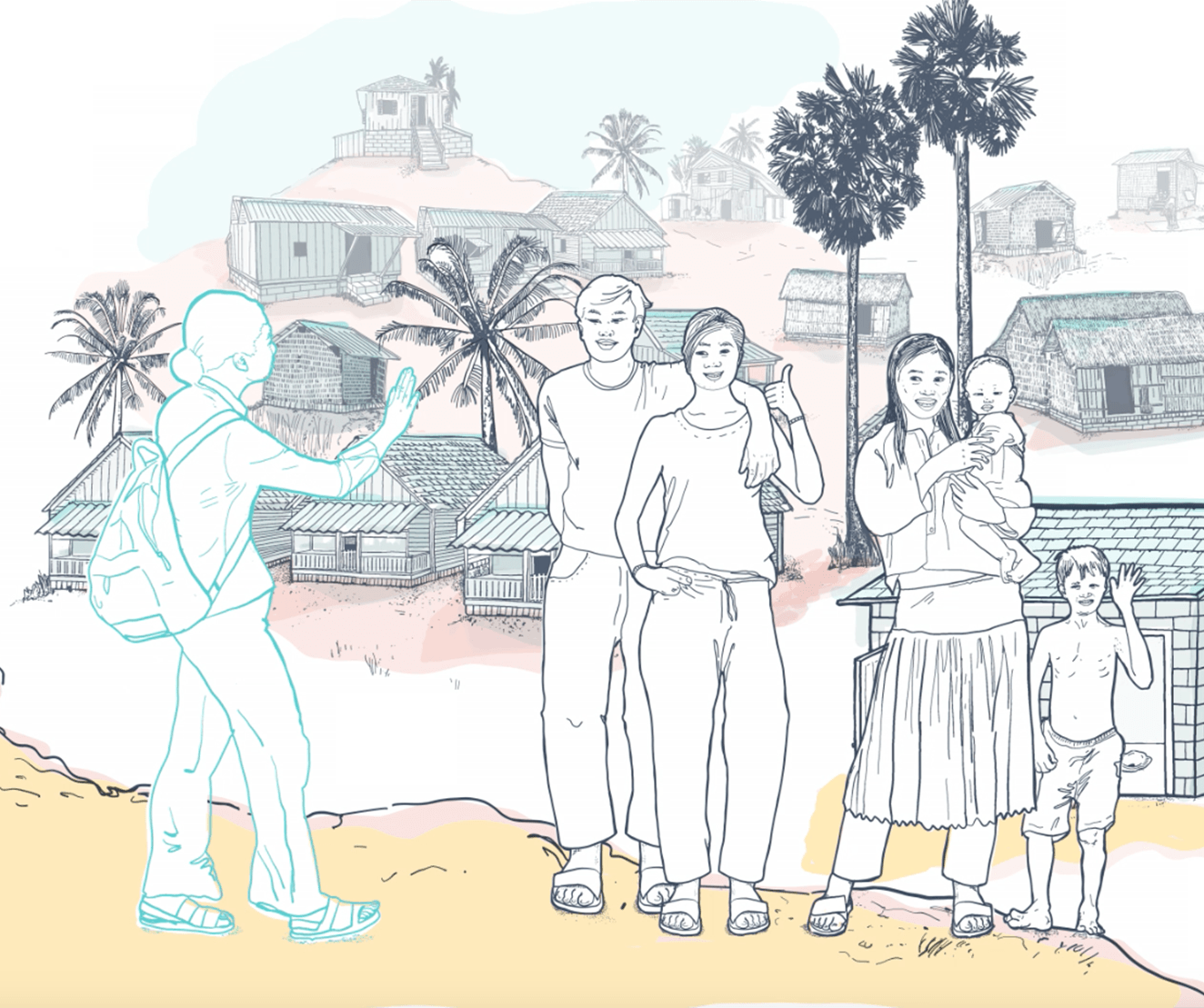Water, sanitation and improvement in associated behaviours are acknowledged as crucial to the prevention, control and eventual elimination of schistosomiasis. Yet the specific interventions required to achieve the necessary levels of access to infrastructure, and the most effective behaviour change approaches, have not been clearly established and implemented in the context of schistosomiasis control programmes. This is due in large part to the complex epidemiological profile and transmission cycle of schistosomiasis, the highly focal nature of disease distribution, and the variation in transmission contexts for the different schistosome species and in different water contact behaviour profiles across different community settings.
Conditions that sustain transmission may be highly localised, necessitating a localised approach to water and sanitation service provision; this in turn may result in the need to provide small-scale services at higher than average cost. Additionally, certain behaviours that enable schistosomiasis transmission, particularly contact with contaminated surface water, are often intractable as they are either very difficult to change from a behavioural perspective or due to economic imperatives, necessitating a nuanced approach that focuses on risk reduction rather than risk prevention.
Based on these considerations, it can be assumed that a ‘blueprint’ approach to water, sanitation and behaviour change programming that does not respond to the specific local context is unlikely to result in uptake and use of infrastructure and in sufficient shifts in behavioural practices in endemic communities. Consequently, it is unlikely to deliver and sustain reductions in disease transmission.
This approach paper has been developed by the SCI Foundation to inform its engagement with Ministries of Health in schistosomiasis-endemic countries, as well as to inform debate and development of preferred practices within the global schistosomiasis community. This is an emerging approach, which will continue evolving as SCIF expands its work in this area and as the various components set out in the document are applied and evaluated in the programmatic context.







